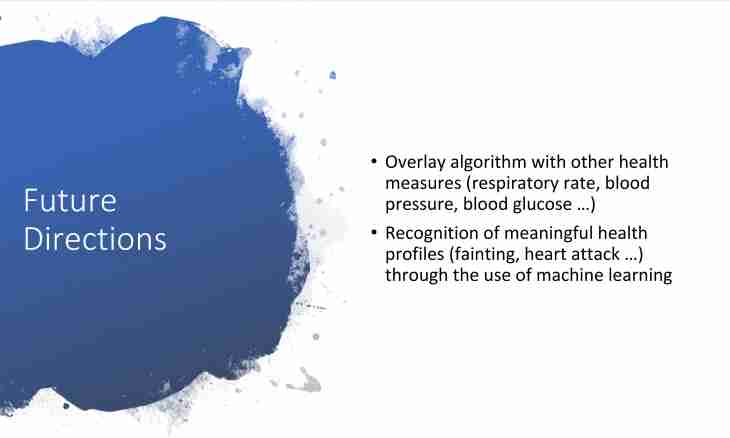Errors of measurements are connected with imperfection of devices, tools, techniques. Accuracy depends also on attentiveness and a condition of the experimenter. Errors are divided into absolute, relative and brought.
Instruction
1. Let single measurement of size yielded result x. The true value is designated for x0. Then the absolute error Δx= | X-x0 |. It estimates absolute mistake measurements. The absolute error consists of three components: random errors, systematic errors and misses. Usually at measurement by the device take a half of the price of division as an error. For a millimetric ruler it will be 0.5 mm.
2. The true value of the measured size is in an interval (x-Δx; x+Δx). Well it registers as x0=x±Δx. It is important to measure x and Δx in the same units of measure and to write down in the same format of number, for example, the whole part and three figures after a comma. So, the absolute error gives borders of an interval in which with some probability there is a true value.
3. The relative error expresses the attitude of an absolute error towards the valid value of size: ε (x)=Δx/x0. It is dimensionless size, it can register also as a percentage.
4. Measurements are direct and indirect. In direct measurements the required size by the corresponding device is measured at once. For example, length of a body is measured by a ruler, tension – the voltmeter. At indirect measurements the size is on a dependence formula between it and the measured sizes.
5. If the result represents dependence on three directly measured sizes having errors Δx1, Δx2, Δx3, then an error of indirect measurement ΔF= √ [(Δx1•∂F / ∂ x1)²+ (Δx2•∂F / ∂ x2)²+ (Δx3•∂F / ∂ x3)²]. Here ∂F / ∂ x (i) – private derivative of function on each of directly measured sizes.

